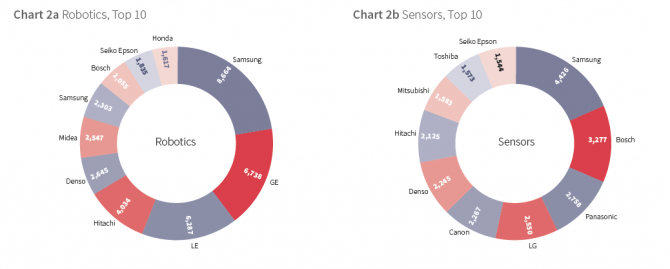Will machine intelligence automate most human jobs within the next few decades?
6th June 2018
Industry 4.0 – Revolution or evolution?
It’s time to answer the question: is it really different this time? Will machine intelligence automate most human jobs within the next few decades, and leave a large minority of people – perhaps a majority – unable to gain paid employment?
The Economic Singularity: Artificial intelligence and the death of capitalism, Calum Chance
The fourth industrial revolution is waiting in the wings. Often referred to as Industry 4.0, it will bring intelligent machines and factories communicating with each other, and collecting and analysing data. These capabilities will allow organisations fundamentally to improve and transform production and make processes faster, more flexible and more efficient.
This will have a dramatic impact on the vast asset-heavy industries such as manufacturing, chemicals and mining. Bain predicts that Industrial IoT will generate over $300bn of revenues by 2020, and is already fuelling significant M&A and investment activity. This report analyses the impact of these changes through a patent lens for world’s largest manufacturing and engineering companies.
Industry 4.0 is not one thing but many
Industry 4.0 is not the consequence of one thing, but the rapid and simultaneous development of multiple technologies including IoT (Internet of Things, itself a set of sensor and communication technologies), robotics, 3D printing, cloud computing, augmented reality and the ubiquitous rise in AI.
In Charts 2a and 2b, we analyse the top 10 owners of patents in the areas of Robotics and Sensors.
This suggests a world where it is more difficult to dominate across multiple business lines.
The end of the beginning
Industry 4.0 will have a greater economic impact than its predecessors. It will also herald unprecedented increases in efficiency that will reduce cost and improve performance across all aspects of industrial performance. This transition is fuelling new levels of innovation which disrupt and empower in equal measure. While this puts pressure on the leaders as they stand today, there is no doubt that they are up for the challenge.
What is essential at these inflection points is the accessibility of the right information at the right time. This means enabling the patent system to do what it was intended – communication. In that way, we can all stand on the shoulders of giants and mitigate the risk of standing on each other’s toes.
